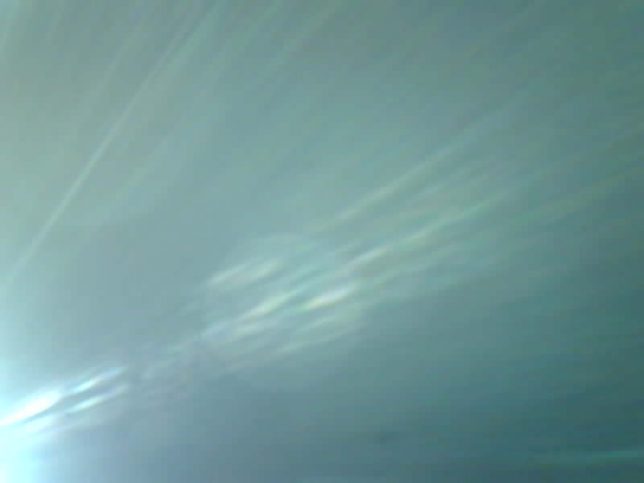Yesterday, Wei BG2BHC posted on Twitter an IQ recording of LilacSat-1 sending an image. LilacSat-1 has an onboard camera and it can send images using the same format as BY70-1. However, one has to keep in mind that in LilacSat-1 the Codec2 frames and the KISS stream with telemetry and image packets are multiplexed as described here, whereas BY70-1 only transmitted the KISS stream with telemetry and image packets. As in the case of BY70-1, the camera is potentially open to telecommand by all Amateurs, although it seems that system is not enabled yet.
The signal in Wei’s recording is very strong and stable, about 20dB SNR in its natural bandwidth of 13kHz. Therefore, it is no surprise that the image can be decoded without errors.
When BY70-1 was in orbit, it was quite difficult for an Amateur station to get a perfect decode of the image, since a single fade in the signal would completely corrupt the JPEG file. LilacSat-1 doesn’t seem particularly stronger than BY70-1, so the same degree of difficulty can be expected. Of course, a well equipped groundstation such as the one in Harbin Institute of Technollogy will have no problems to get a good decode, as shown by this IQ recording. Amateurs with more modest stations should resort to a collaborative effort to try to combine the different packets that form the image, as received by several stations. Currently this procedure can only be partially automated by software, because the CRC algorithm used in LilacSat-1 is not publicly known, so it is not possible to check the packets for bit errors.

The image transmitted by LilacSat-1 can be seen above. Its size is 13861 bytes and it took 217 camera packets and 1 minute and 26 seconds to transmit. This is pretty good, as it means that several images can be taken and transmitted during a pass.
Recall that the downlink of LilacSat-1 transmits at 4800bps, but 1400bps are taken for Codec2, leaving 3400bps for the KISS stream containing image packets (and telemetry packets). Each camera packet contains a 64 byte JPEG chunk, but taking into account headers it is 87 bytes long. We also need to take into account the overhead of the KISS stream. Assuming that no bytes have to be escaped, we just need to include 2 extra bytes for the frame delimiters, so a camera packet takes 89 bytes from the KISS stream and so it takes 197ms to transmit. This means that the image above could have been sent in only 43 seconds. All the extra time is probably due to the fact that the image was sent interleaved with many telemetry packets, although it would be interesting to examine if the KISS stream was in fact completely busy all the time during the image download.
The complete telemetry log decoded from this recording is in this gist. I have also taken the GPS data from the telemetry and plotted it in the map below. The position of the Harbin Institute of Technology, where the recording was made, is also shown.
A 48kHz WAV file extracted from the recording has been included in satellite-recordings. It can be fed directly to the gr-satellites LilacSat-1 decoder.
2 comments